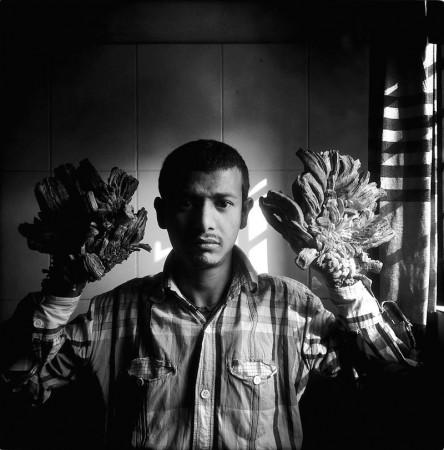
Rare Disease Day is observed on the last day of February to raise awareness for rare diseases and improve access to treatment. The first Rare Disease Day was observed on February 29, 2008, in numerous European nations and in Canada, and the date was chosen because February 29 is a 'rare day.' It went global in 2009.
Also Read: What do Kim Kardashian, Selena Gomez, Shakira and Miley Cyrus have in common? Incurable diseases
The theme for Rare Disease Day 2017 is research and the slogan is 'With research, possibilities are limitless.'
An American NGO-- National Organization for Rare Disorders (NORD) founded by Abbey Meyers in 1983, was started with an aim to aid people diagnosed with rare diseases. The Rare Disease Day was first sponsored by NORD in the US.
This organisation had supported the development of medications for treating rare diseases, also called orphan drugs and achieved their goal in making the United States Congress pass the Orphan Drug Act (ODA) in 1983.
The son of this organisation's founder Meyers too suffered from a rare disease known as 'Tourette syndrome'.
Here is a list of some rare disorders which you probably never knew about:
Tourette syndrome: This disease is a neuropsychiatric disease, which begins in childhood. The ailment is characterised by symptoms such as tics, which refers to recurring vocalisation or motor movement, which includes various muscle groups. Tics can go unnoticed by observers in case they are toe crunching or abdominal tensing.
Tree man illness: This disease is scientifically named Epidermodysplasia verruciformis (EV). It is a rare genetic disorder linked with high carcinoma of skin. It's a result of uncontrolled susceptibility of skin to HPV infections. The disease leads to change in skin colour and elevation of skin takes place on the patient's body, leading to strange growth on the face, feet and hands of the patient, which resemble to branches of a tree. People belonging to age group ranging from one to 20 years are prone to this disorder.
Stoneman's disease: It is scientifically known as Fibrodysplasia ossificans progressive and leads to heterotopic bone formation or heterotopic ossification (HO) -- presence of bone in soft tissues where bones are not present.
Gaucher's disease: It is a genetic disease which leads to bone fragility, anaemia, neurological disturbance, and expansion of spleen and liver. It is an outcome of abnormal fat storage and metabolism rate.
Rett syndrome: It is a rare genetic neurological and developmental disorder that impacts brain development. Girls are more prone to this disease that is accompanied by inability in making muscle movements. It affects them in moving their eyes, body muscles and talking ability.











![Internet reacts as Doja Cat goes wet and wild drenched in an oversized white shirt dipped in water at Met Gala [PICS]](https://data1.ibtimes.co.in/en/full/797604/internet-reacts-doja-cat-goes-wet-wild-drenched-oversized-white-shirt-dipped-water-met-gala.jpg?w=220&h=138)




